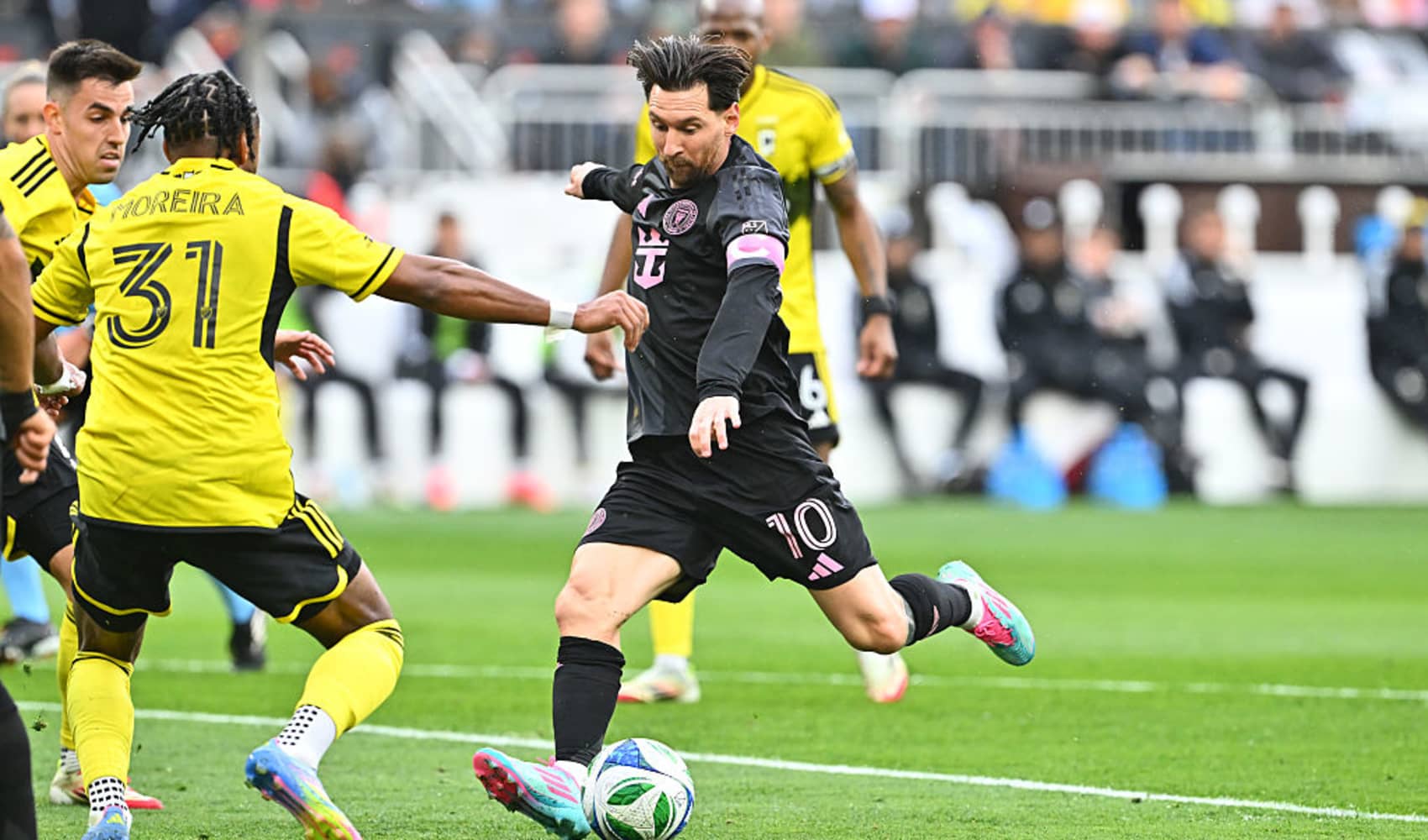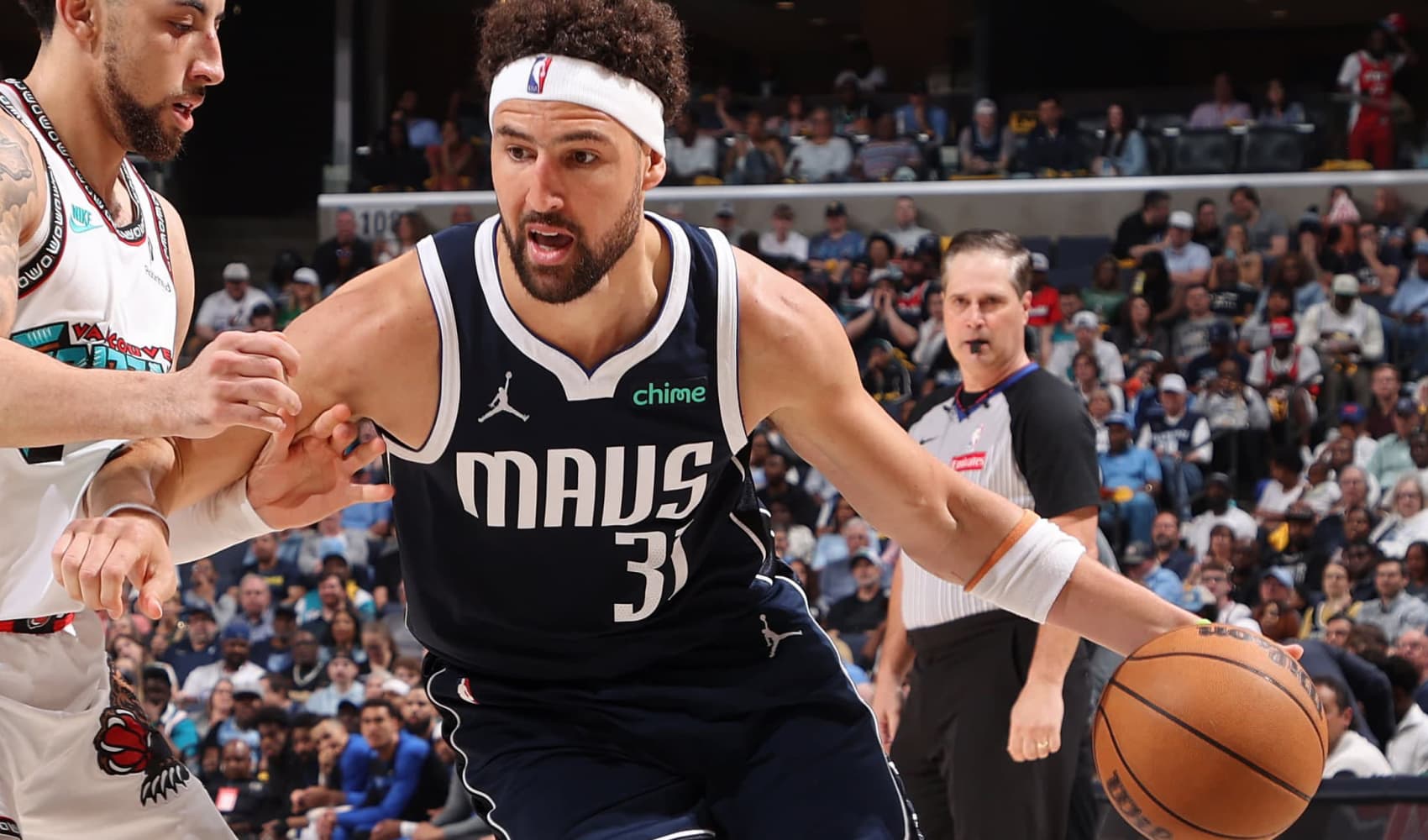MLS Sponsorships Surge: Why US Soccer is a Goldmine Now!
MLS Scores Big: Sponsorships Surge as US Soccer Explodes!
Introduction: The Beautiful Game's American Revolution
Major League Soccer (MLS) is no longer just a quirky afterthought in the American sports landscape. It's a force, a growing phenomenon, and sponsorship dollars are flowing in to prove it. But why now? What's fueling this dramatic rise in popularity, turning soccer from a niche sport to a mainstream contender?
Think of it like this: for years, soccer was a beautiful, vibrant flower trying to bloom in a field of football helmets and baseball bats. Now, with strategic cultivation, a little sunshine (read: global superstars), and some timely watering (hello, World Cup!), that flower is blossoming into a stunning bouquet.
The Numbers Don't Lie: Double-Digit Growth in MLS Sponsorships
Let’s get right to the stats. MLS sponsorship revenue is up double digits in 2025 compared to 2024. That's not just a slight uptick; it's a significant leap. We're talking about serious money pouring into the league, a clear indicator of the growing confidence brands have in the power of MLS to reach a valuable audience.
Breaking Down the Sponsorship Boom
Where is this money coming from? It's a mix of existing partners upping their investments and new brands eager to get in on the action. Consider the established players:
- Adidas: A long-time partner, Adidas sees the long-term potential in MLS and is heavily invested in its growth.
- Michelob Ultra: Last year, Michelob Ultra became the official beer of MLS, a partnership that speaks volumes about the league's expanding reach.
But it's not just the usual suspects. We're seeing a surge in interest from tech companies, automotive brands, and even luxury goods retailers, all vying for a piece of the MLS pie.
The Messi Effect: A Global Icon Ignites American Fandom
Let's be honest: Lionel Messi's arrival in MLS was a game-changer. His presence alone has injected a massive dose of star power into the league. Imagine the sizzle of a grill—that's Messi on the pitch, drawing eyes from around the world.
Beyond the Goal: Messi's Impact on Sponsorships
Messi's impact extends far beyond scoring goals. He brings a level of international attention and credibility that MLS has never seen before. This translates directly into:
- Increased viewership: More eyes on MLS games mean more exposure for sponsors.
- Higher social media engagement: Messi's global fanbase is incredibly active on social media, creating a powerful platform for brands to connect with a wider audience.
- Enhanced brand image: Associating with a legend like Messi elevates the MLS brand and makes it more attractive to potential sponsors.
The 2026 World Cup: A Catalyst for US Soccer Growth
The upcoming 2026 World Cup, co-hosted by the United States, Canada, and Mexico, is poised to be a monumental moment for soccer in North America. It's a once-in-a-generation opportunity to solidify soccer's place in the American sports landscape. Think of it as a giant magnifying glass, focusing the world's attention on US soccer.
How the World Cup Will Fuel MLS Sponsorships
The World Cup will generate unprecedented interest in soccer in the US, leading to:
- Increased youth participation: Seeing the world's best players on home soil will inspire a new generation of soccer fans and players.
- Higher ticket sales and attendance: The buzz surrounding the World Cup will spill over into MLS, driving attendance at games.
- Greater media coverage: The World Cup will provide a platform for MLS to showcase its teams and players to a global audience.
All of these factors will make MLS even more attractive to sponsors, leading to further investment in the league.
MLS: From Emerging League to Major Player
Thirty years after its launch, MLS has come a long way. It's evolved from a league struggling for relevance to a major player in the North American sports market. It's a testament to the growing popularity of soccer in the US and the vision of the league's leaders.
Key Milestones in MLS Growth
Here are some key milestones that have contributed to MLS's rise:
- Expansion into new markets: MLS has strategically expanded into major cities across the US and Canada, attracting new fans and sponsors.
- Investment in stadium infrastructure: The construction of soccer-specific stadiums has created a better game-day experience for fans.
- Development of youth academies: MLS academies are producing talented young players, ensuring the league's long-term success.
- Attracting international talent: The arrival of players like David Beckham, Zlatan Ibrahimovic, and now Lionel Messi has raised the profile of MLS globally.
The US Soccer Fan: A Demographic Goldmine
Who is the typical US soccer fan? They're young, diverse, and affluent, making them a highly desirable demographic for brands. They're digitally savvy, active on social media, and passionate about their sport. This is a dream audience for marketers.
Targeting the US Soccer Fan
Brands are increasingly recognizing the value of the US soccer fan and are tailoring their marketing strategies to reach this audience through:
- Social media campaigns: Engaging with fans on platforms like Instagram, Twitter, and TikTok.
- Experiential marketing: Creating unique and memorable experiences at MLS games and events.
- Partnerships with MLS teams and players: Associating their brands with the excitement and passion of MLS.
Beyond Adidas and Michelob: The Diverse Sponsor Landscape
While Adidas and Michelob Ultra are prominent MLS sponsors, the league's sponsorship landscape is incredibly diverse. It includes companies from a wide range of industries, reflecting the broad appeal of soccer in the US.
Examples of Diverse MLS Sponsors
Here are just a few examples of the diverse brands that sponsor MLS:
- Automotive: Audi, Toyota, Volkswagen
- Technology: Apple, Google, Verizon
- Finance: Bank of America, Wells Fargo, Visa
- Healthcare: Kaiser Permanente, UnitedHealthcare
Stadium Attendance: A Packed House is Good for Business
Rising stadium attendance is another indicator of MLS's growing popularity. More fans in the stands mean more exposure for sponsors and a more vibrant atmosphere at games. It's a virtuous cycle that fuels the league's growth.
Factors Driving Increased Stadium Attendance
Several factors are contributing to increased stadium attendance in MLS:
- Improved stadium infrastructure: Modern, soccer-specific stadiums provide a better fan experience.
- Marketing and promotion: MLS teams are doing a better job of promoting their games and attracting fans.
- The "Messi Effect": The arrival of Lionel Messi has undoubtedly boosted attendance at Inter Miami games and across the league.
The Future of MLS Sponsorships: Sky's the Limit
What does the future hold for MLS sponsorships? The sky's the limit. As soccer continues to grow in popularity in the US, MLS will become even more attractive to brands.
Trends to Watch in MLS Sponsorships
Here are some trends to watch in MLS sponsorships:
- Increased use of data analytics: Brands will use data to better understand their target audience and optimize their sponsorship investments.
- More integration of technology: Technology will play an increasing role in enhancing the fan experience and creating new sponsorship opportunities.
- Greater focus on sustainability: Brands will seek out partnerships with MLS teams that are committed to sustainability.
Comparing MLS to Other US Sports Leagues: Catching Up Fast
While MLS still lags behind the NFL, NBA, MLB, and NHL in terms of overall revenue, it's catching up fast. The league's growth trajectory is impressive, and it's poised to become a major player in the US sports market.
Key Differences and Similarities
Here's a comparison of MLS to other US sports leagues:
- Popularity: MLS is growing in popularity, but it still has a smaller fanbase than the NFL, NBA, MLB, and NHL.
- Revenue: MLS revenue is lower than the other major leagues, but it's growing rapidly.
- Sponsorships: MLS sponsorships are increasing, but they're still smaller than those of the other major leagues.
- Global Reach: MLS has the potential to attract a global audience due to the international appeal of soccer.
The Role of Digital Marketing in Driving MLS Sponsorships
Digital marketing plays a crucial role in driving MLS sponsorships. The league and its teams use a variety of digital channels to reach fans and engage with potential sponsors.
Key Digital Marketing Strategies
Here are some key digital marketing strategies used by MLS:
- Social media marketing: Engaging with fans on platforms like Instagram, Twitter, and TikTok.
- Content marketing: Creating high-quality content that resonates with fans.
- Search engine optimization (SEO): Optimizing their websites and content to rank higher in search results.
- Email marketing: Sending targeted emails to fans and potential sponsors.
MLS and the Community: A Positive Impact Beyond the Pitch
MLS teams are actively involved in their local communities, making a positive impact beyond the pitch. This community engagement enhances the league's image and makes it more attractive to sponsors.
Examples of Community Initiatives
Here are some examples of community initiatives undertaken by MLS teams:
- Youth soccer programs: Providing opportunities for young people to play soccer.
- Charitable donations: Supporting local charities and organizations.
- Community events: Hosting events that bring people together.
The Long-Term Vision for MLS: A Global Powerhouse
The long-term vision for MLS is to become a global powerhouse, rivaling the top leagues in Europe and South America. This ambitious goal requires continued investment in infrastructure, player development, and marketing.
Key Strategies for Achieving Global Status
Here are some key strategies for achieving global status:
- Attracting top international players: Continuing to attract world-class players like Lionel Messi.
- Developing homegrown talent: Investing in youth academies to produce talented young players.
- Expanding into new markets: Continuing to expand into major cities across the US and Canada.
- Promoting MLS globally: Increasing the league's visibility internationally through marketing and partnerships.
Conclusion: MLS – A Sponsorship Success Story in the Making
The surge in MLS sponsorships is a clear indication of the growing popularity of soccer in the US. Fueled by factors like the "Messi Effect," the upcoming 2026 World Cup, and a dedicated fanbase, MLS is poised for continued growth. For brands looking to reach a young, diverse, and engaged audience, MLS is becoming an increasingly attractive option. It's a sponsorship success story in the making, and the best is yet to come.
Frequently Asked Questions (FAQs)
- Why is soccer suddenly so popular in the US?
Several factors contribute to soccer's growing popularity, including increased immigration, the rise of digital media, and the success of the US national teams. Plus, let's be honest, it's a thrilling sport to watch!
- How does Lionel Messi's arrival impact MLS sponsorship?
Messi's presence brings immense global attention, boosting viewership, social media engagement, and the overall brand image of MLS, making it much more appealing to potential sponsors.
- What kind of brands are most interested in sponsoring MLS?
Brands across various sectors, including automotive, technology, finance, and healthcare, are increasingly interested in sponsoring MLS due to its diverse and engaged fanbase.
- How will the 2026 World Cup affect MLS sponsorships?
The World Cup will generate unprecedented interest in soccer in the US, leading to increased viewership, stadium attendance, and media coverage for MLS, making it an even more attractive investment for sponsors.
- Is MLS actually profitable, or is it still relying on subsidies?
While profitability varies by team, MLS as a whole is becoming increasingly profitable. Rising sponsorship revenue, increased ticket sales, and growing media rights deals are all contributing to the league's financial health.

